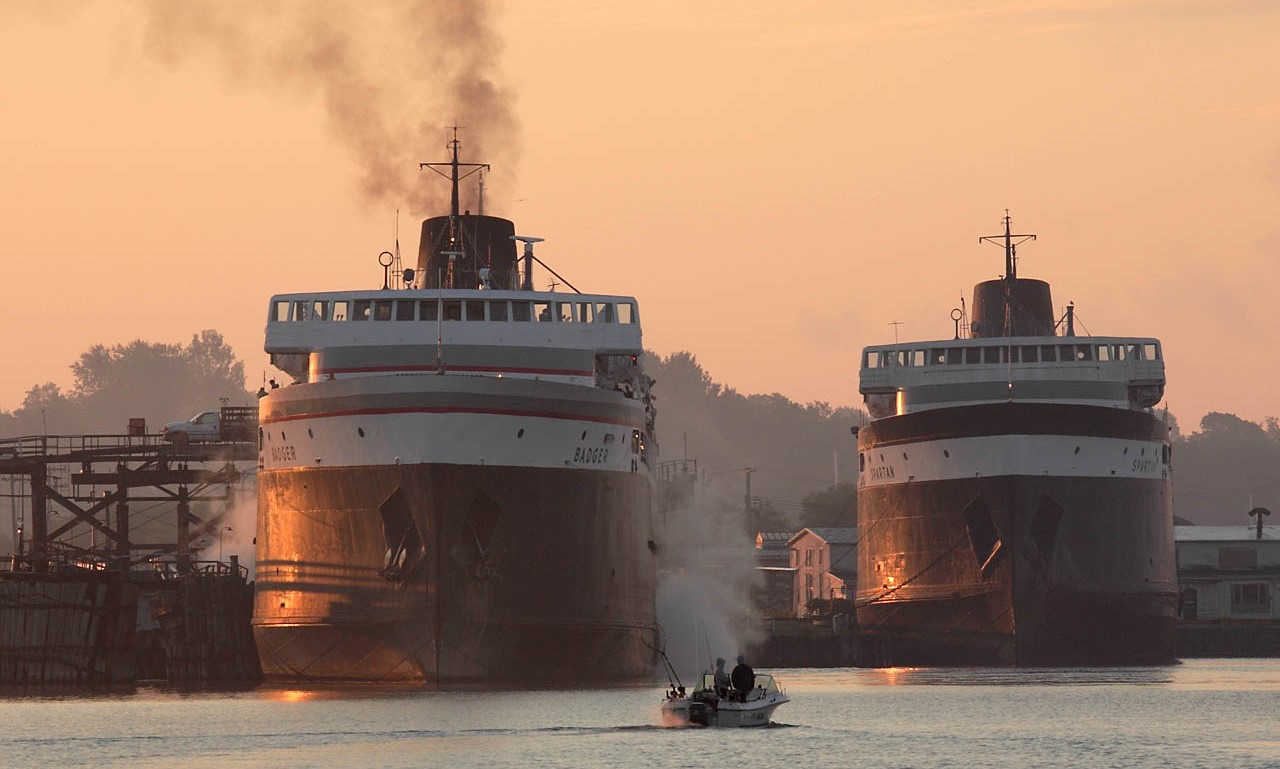9. Staten Island Ferry (USA)
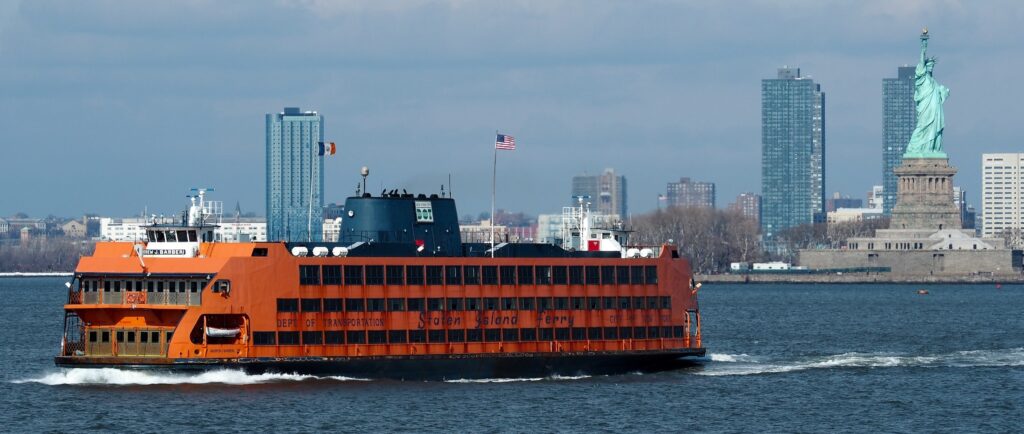
With a cult status matched only by the Venetian Vaporetto and Hong Kong’s Star Ferry, the orange-colored Staten Island Ferry has become one of New York’s most iconic symbols. Like most things NYC, its history is long and convoluted, the result of countless takeovers and other crafty maneuvers of 19th century billionaire industrialists.
We can trace the ferry’s roots back to the (creatively named) War of 1812, when 16-year-old Cornelius Vanderbilt bought a pirogue and began transporting passengers from Staten Island to Manhattan. The business grew at an astounding rate and, after decades of corporate tug-of-war between the Vanderbilt family and its competitors, the City of New York stepped in and took control of the service in 1903.
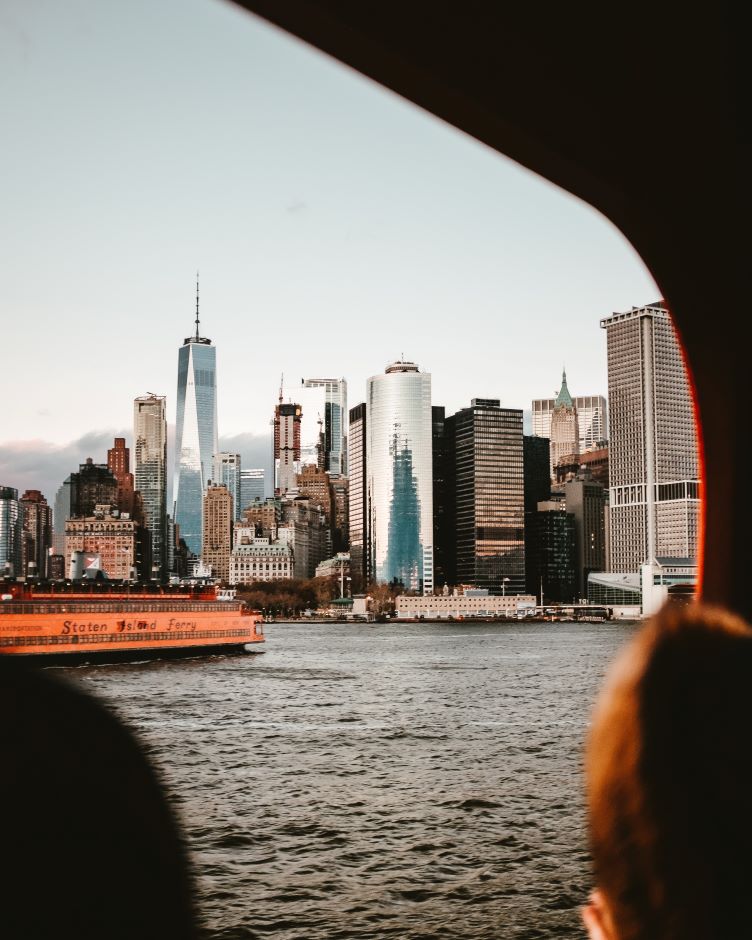
More than a century later, having survived decades of ruthless competition from the Verrazzano-Narrows Bridge, the unmistakable orange vessels still grace the waters of New York Harbor. The best part – riding on any of these beauties is free of charge.
8. SS Badger (USA)
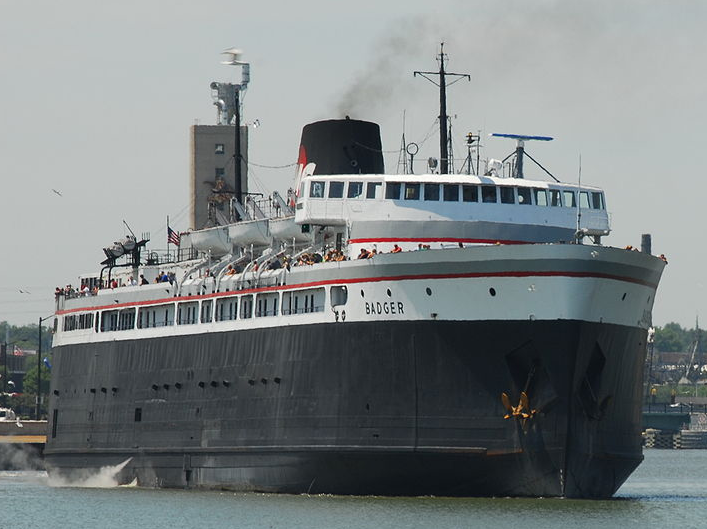
Here is me at my opinionated best: the SS Badger is one of the most beautiful and unique ships in the world. The faithful 70-year-old is not only the last coal-burning ferry in the USA, but she carries the spirit of the 1950s like no other vessel, with her bold lines, muscular profile, and uncompromising size. Launched in 1952 as one of several ice-breaking rail car ferries across Lake Michigan, she is now a registered historical site in two states.
7. Sarfaq Ittuk (Greenland)
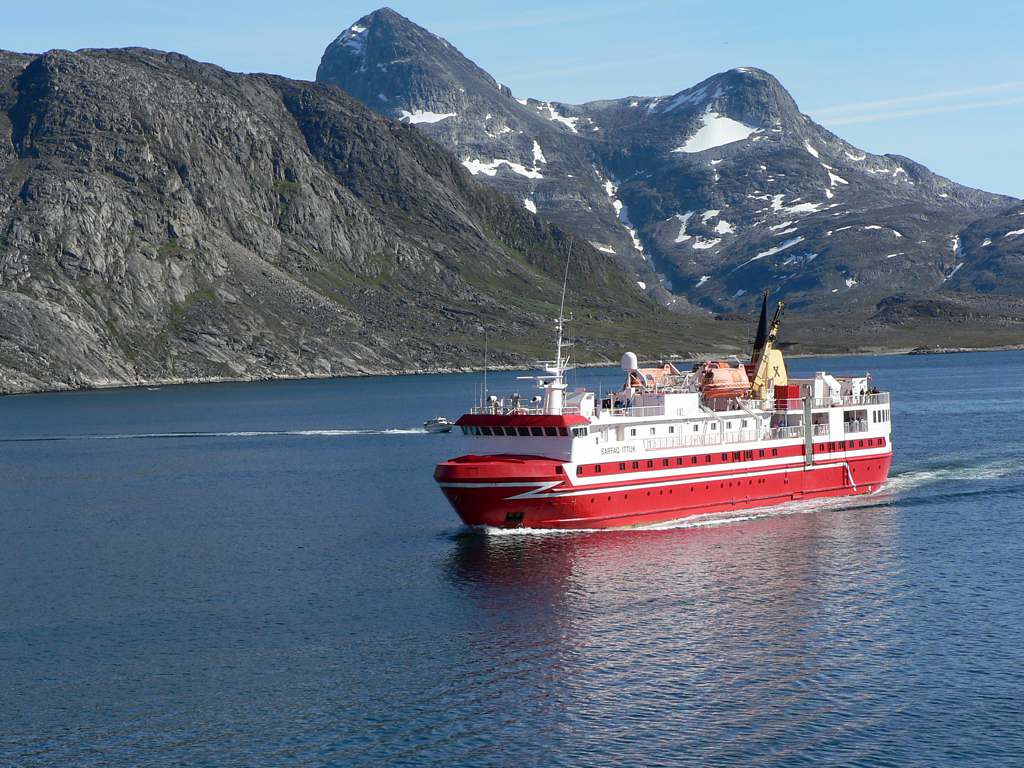
Even though today’s tourism industry did not leave many unexplored frontiers, the austere and inhospitable Greenland is a rare exception. And while tourists spend big money on helicopter rides and dog sleds, most locals choose the coastline ferry. And so should you, in my humble opinion, for the Sarfaq Ittuk is not only a beautiful specimen of Danish engineering, but the 73-hour “commute” navigates through more icebergs than you can count. In fact, many scientists believe it was precisely this region, the Western coast of Greenland, which produced the infamous berg that sank the Titanic.
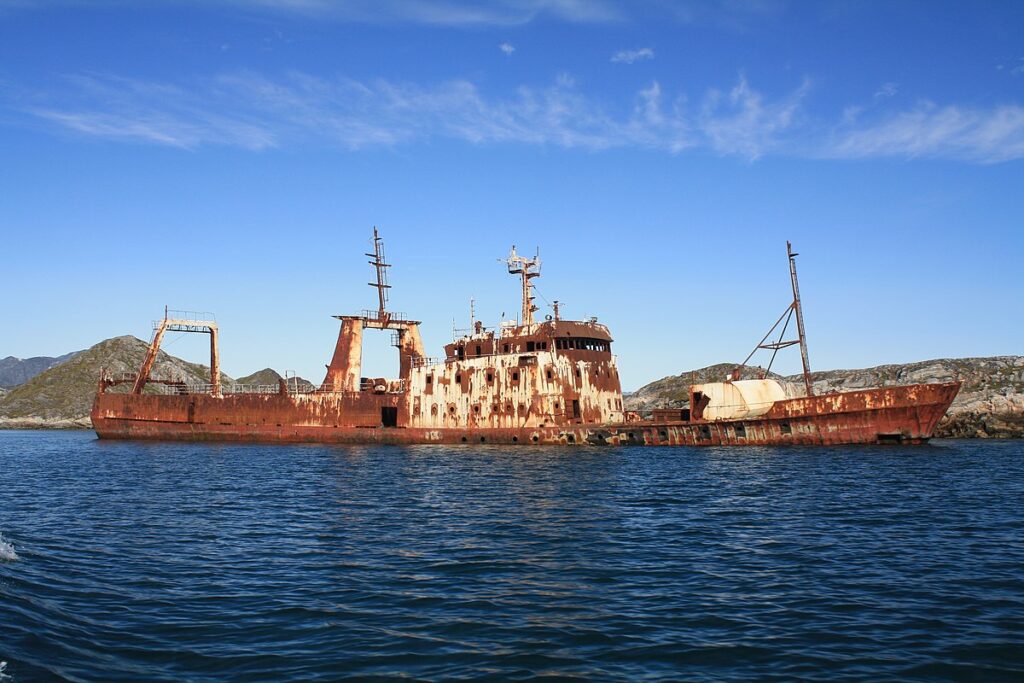
And if giant ice cubes aren’t reason enough for you to hop on board, the journey passes through Paamiut, where the famous wreck of the Greenland Star stands like an eerie monument of rusted steel.
6. Los Ebanos (USA/Mexico)
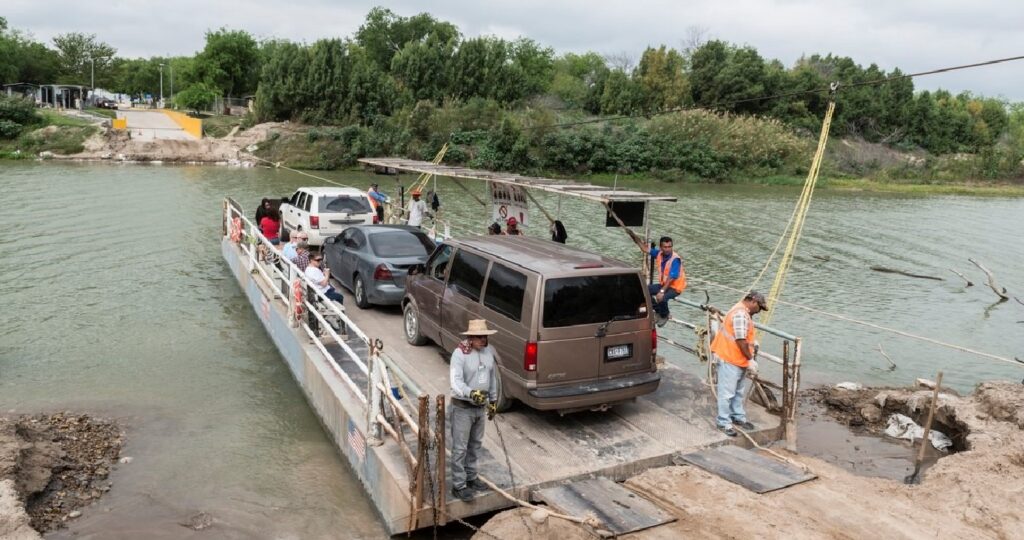
For those considering a trip to Mexico, the Los Ebanos Cable Ferry on the Rio Grande must be the most unusual way to enter the country. Owned and managed by the U.S. Customs and Border Protection, the hand-operated contraption connects the Texan town of Los Ebanos with its Mexican neighbor Gustavo Díaz Ordaz. And considering that the former has 335 residents, while the later “boasts” a population of 11,500, this little ferry may also be the only reason to visit either one.
5. Chi Cheemaun (Canada)
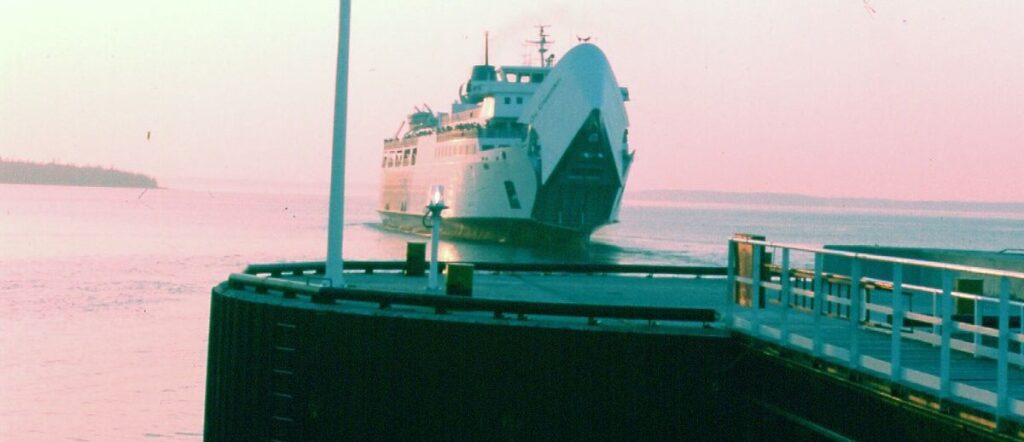
Large passenger ships are an endangered species on the Great Lakes – an unfortunate trend, which has helped turn the MS Chi Cheemaun into something of a celebrity. Her name means “large canoe” in the native Ojibwe language, and the comely 40-year-old lives up to it. With capacity for 638 passengers and 140 cars, she even has special areas for those giant North American trucks the rest of us secretly admire.
4. Alaska Marine Highways (USA)
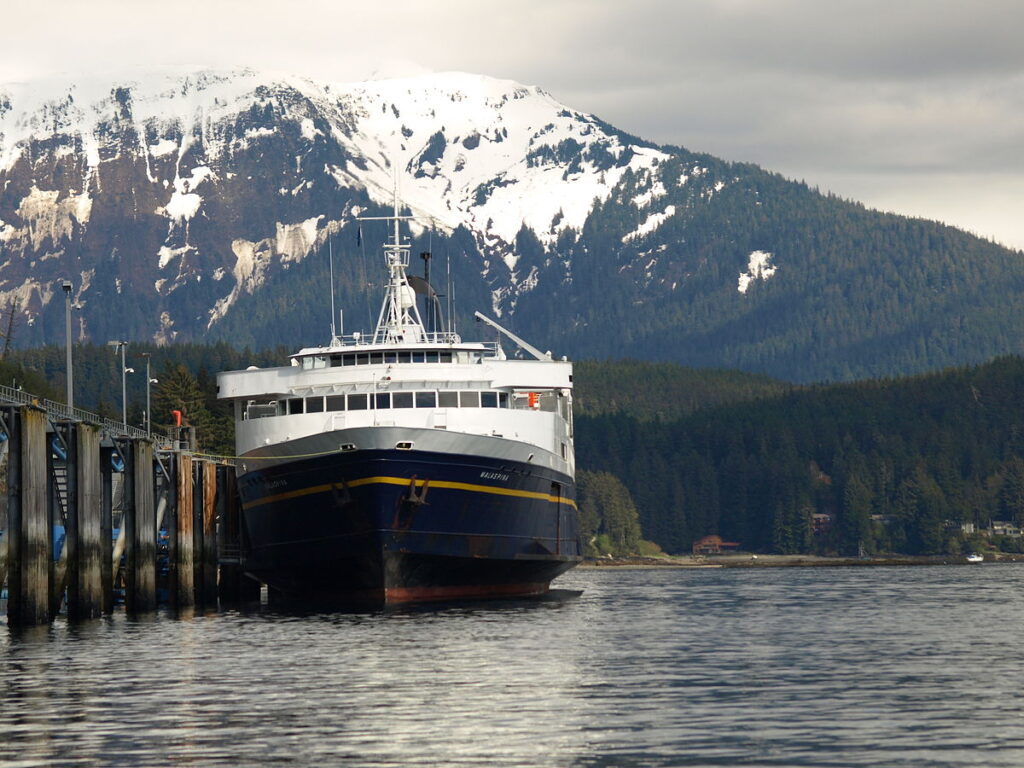
Quite the ambitious name, isn’t it? Well, for good reason – the Alaskan state ferry is perhaps the most impressive marine passenger system in the world. The story of seaborne mass-transit in Alaska began in 1948, when two local entrepreneurs converted LCT-Mark VI landing craft (same class as the ones used for the amphibious landings in Normandy) into a crude but practical RORO. When Alaska became a state 11 years later, the government took the reins, and, over the course of several decades, expanded the network and fleet to astounding proportions.
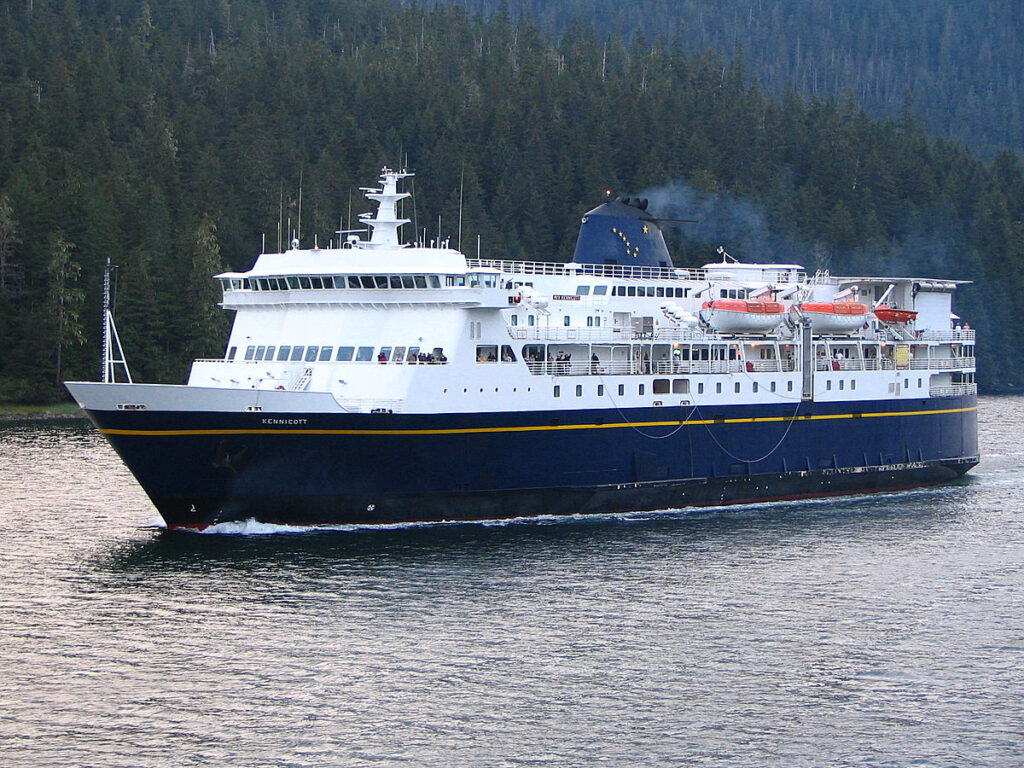
Nowadays, the Alaska Marine Highways serves the entire south-central coastline of the state, from the remote Aleutian Islands to the Canadian port city of Prince Rupert. The company operates nine vessels, all named after glaciers and donning classical dark-blue hulls. The largest is the MV Columbia (418 ft/127 m), while the most technically capable must be the ocean-going MV Kennicott, which doubles as a command and logistics vessel. Following the 1989 Exxon Valdez incident, the State of Alaska commissioned the Kennicott as a next-generation passenger vessel, able to assume a command function in case of oil spills and other disasters.
3. Lake Ontario Electric Ferries (Canada)
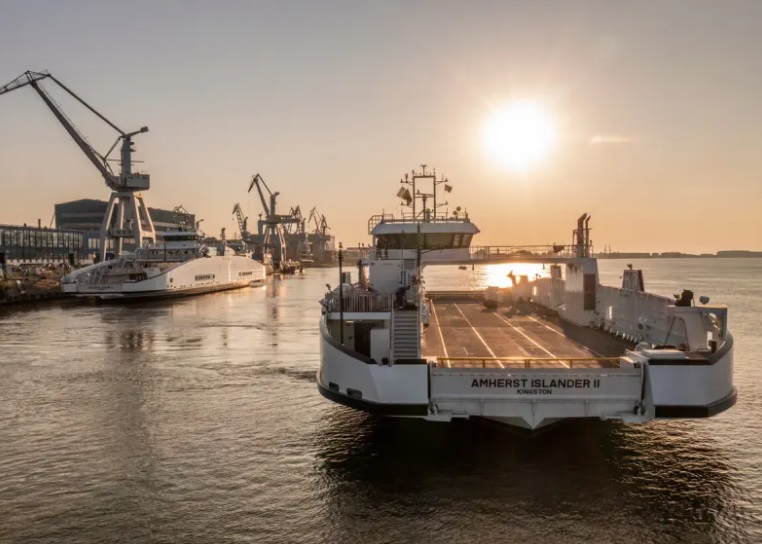
Always striving to be North America’s green leader, Canada now boasts the continent’s first two electric ferries. Built by the formidable Damen Shipyard, Wolfe Islander IV and Amherst Islander II were groomed to become game-changers in the busy Lake Ontario region. The Wolfe Islander IV is based on Damen’s 9819 E3, while Amherst Islander II represents the smaller 6819 E3 range.
The two remarkable vessels are not only environmentally friendly but also larger, with enough room for school buses and some trucks. Their flexibility is also a big step forward, as both can operate in diesel-powered, hybrid, and fully electric modes. Upon completion at Damen’s Romanian facility, the boats were hauled to Quebec on the Super Servant 4 heavy-lifter.
2. Washington State Ferries (USA)
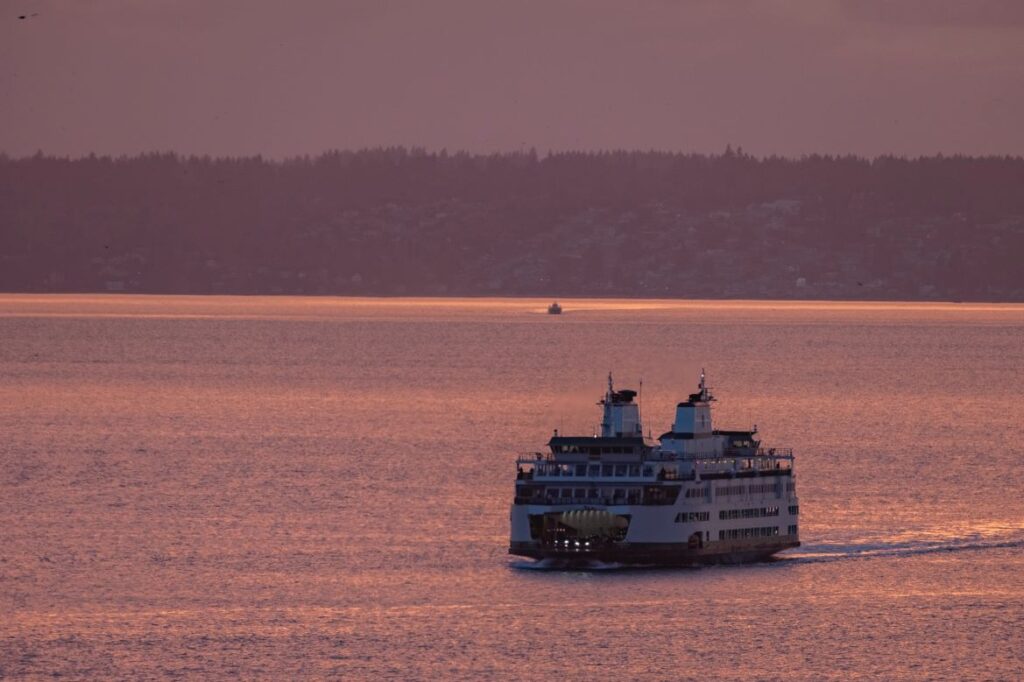
Seattle to Vancouver is one of North America’s great scenic drives, and perhaps the most stunning part of it is the M/V Kaleetan ferry, serving the San Juan Islands route. She can carry 1,800 passengers, most of them getting their cameras ready for the famous panorama: the snow-covered Olympic Mountains, rising above the deep-blue waters of the Puget Sound. And if luck is on their side, as it sometimes is, the massive fin of a killer whale will pierce through the water.
1. Coastal Renaissance (Canada)
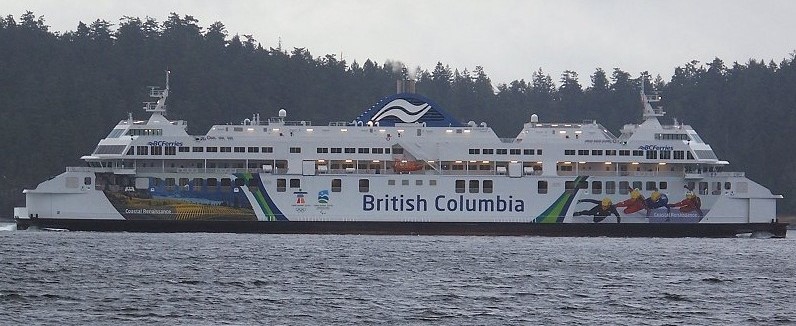
As if the views of Vancouver Island’s virgin forests and quiet fishing villages aren’t enough, the ship is a curiosity in her own right. At the time of writing, the MV Coastal Renaissance is still the largest double-ended ferry in the world. At 524 ft (160 m) length and 92 ft (28.2 m) beam, she is almost as majestic as the scenery that surrounds her. Proudly made in Germany by Flensburger Schiffbau-Gesellschaft, she had her moment of worldwide glory in 2010, carrying the flame for the Vancouver Olympics.
The Shipyard

